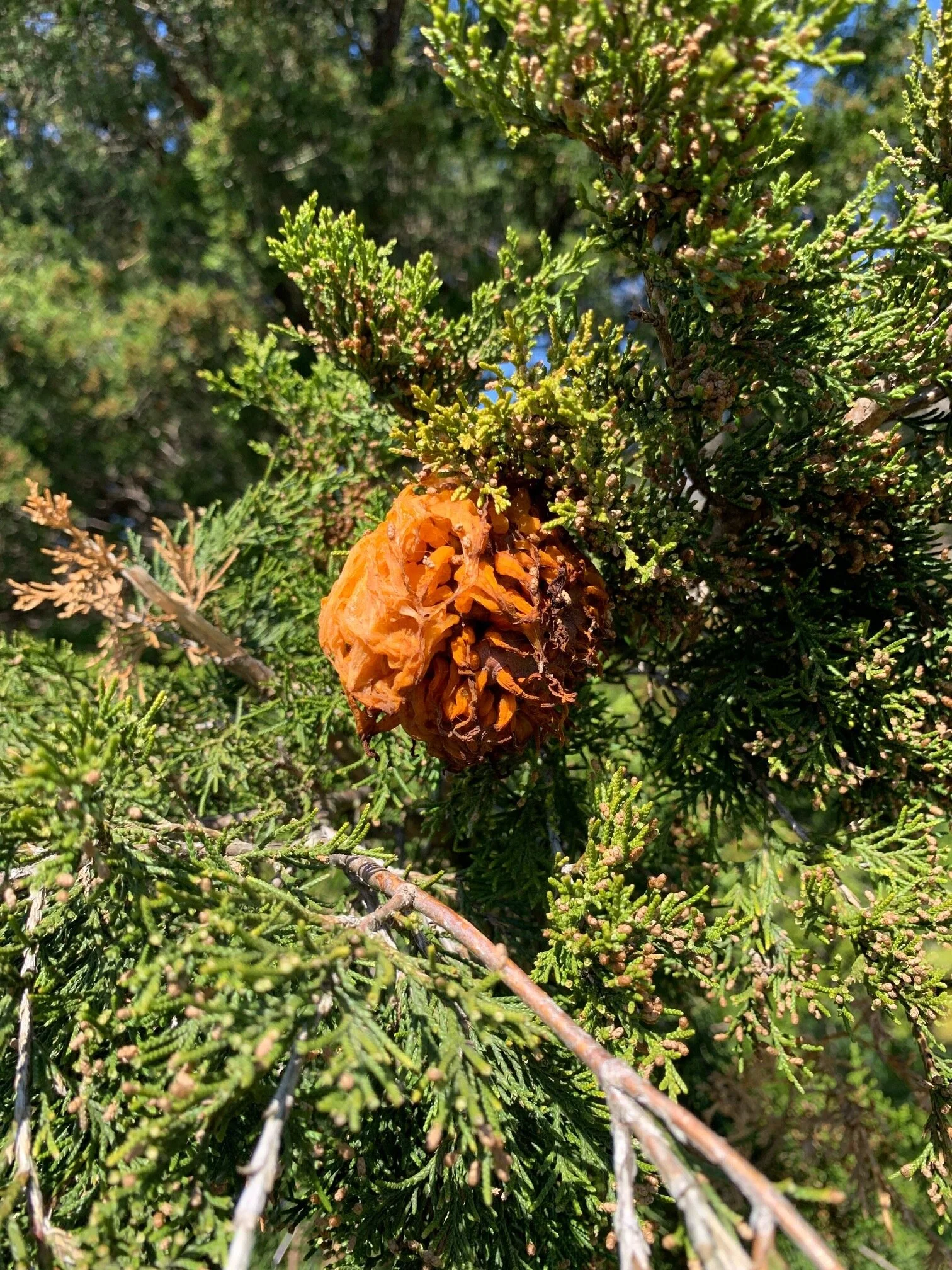Using technology to connect to nature
By Molly Adams, Safina Center Launchpad Fellow
Historically, the classic image of a naturalist involves a field journal, binoculars and collecting tools and certainly not an iPhone. iNaturalist is shifting the way that community science functions and embracing technology and social media for biodiversity research.
Photo: Molly Adams
In April, the Feminst Bird Club participated in the City Nature Challenge, a worldwide competition to see which city can enter the most observations and most species seen using iNaturalist over four spring days. For us, this was an excellent opportunity for the group to get to know other species besides birds, but globally this has been an effort to get groups and individuals outside and engaging with nature in their local urban environments while contributing data to biodiversity science.
Photo: Molly Adams
Overall, 159 cities took part in the challenge resulting in over 900,000 observations made, more than 31,000 species documented, and 35,126 people participating. New York City came in 13th place, with 25,855 observations, 1,635 species, and 483 observers.
Photo: Molly Adams
Our walk was led by Jen Kepler, Volunteer Coordinator at the New York Aquarium. With an over 10 year career in zoos and education, Kepler has spent much of her life trying out new, fun ways to engage people with the natural world. We were also joined by the NYC coordinator Dr. Kelly O’Donnell of Macaulay Honors College and Chris Kreussling the Brooklyn Borough captain. Participants, along with guides, were given a brief introduction to iNaturalist and encouraged to document the species that they could and couldn’t identify throughout the morning.
Our group submitted upwards of fifty submissions documenting over thirty species of plants, insects, fish, birds and more. As someone who primarily can only identify bird species, this tool was very useful for learning more about the plants that I would typically ignore. While most participants on the walk were most excited to spot the killdeer chicks, by favorite observations of the day was cedar-apple rust, something I had never seen before.
Kildeer. Photo: Molly Adams
Cedar-apple rust. Photo: Molly Adams
Another notable observation on iNaturalist was of a Double-crested Cormorant eating a flounder captured by Jen Kepler. After uploading the photo, users were able to suggest that her Summer Flounder submission was most likely a Winter Flounder based on the eye placement seen in the photograph.
“Technology” as a wafting, general term has often been at blame for our disconnection to the natural world. To an extent, especially regarding the technology that continues to fuel our forced dependence on modern Capitalism, I agree, however it is hopeful that many organizations that prioritize conservation and science, including iNaturalist and eBird, are using technological tools for good. I look forward to using iNaturalist more in order to expand my knowledge of flora and fauna in my local, urban environment.





